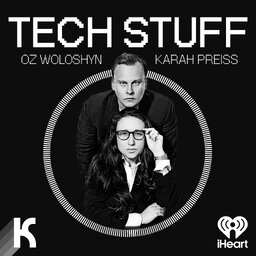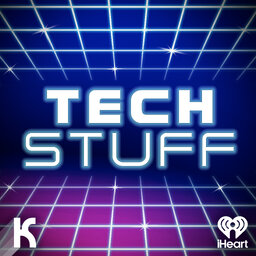Accelerating Innovation with Hybrid Cloud at the Edge
The world is hitting a data tipping point where vast connectivity requires massive network capacity. In this episode of Smart Talks, Malcolm Gladwell talks to David Shacochis, Vice President for Enterprise Technology and Field CTO at Lumen, and Howard Boville, Head of IBM Cloud Platform, about how hybrid cloud is serving as a catalyst for innovation in a world where computing can and must happen everywhere: private clouds, public clouds, the edge of the network.
Learn more about your ad-choices at https://www.iheartpodcastnetwork.com
 TechStuff
TechStuff


